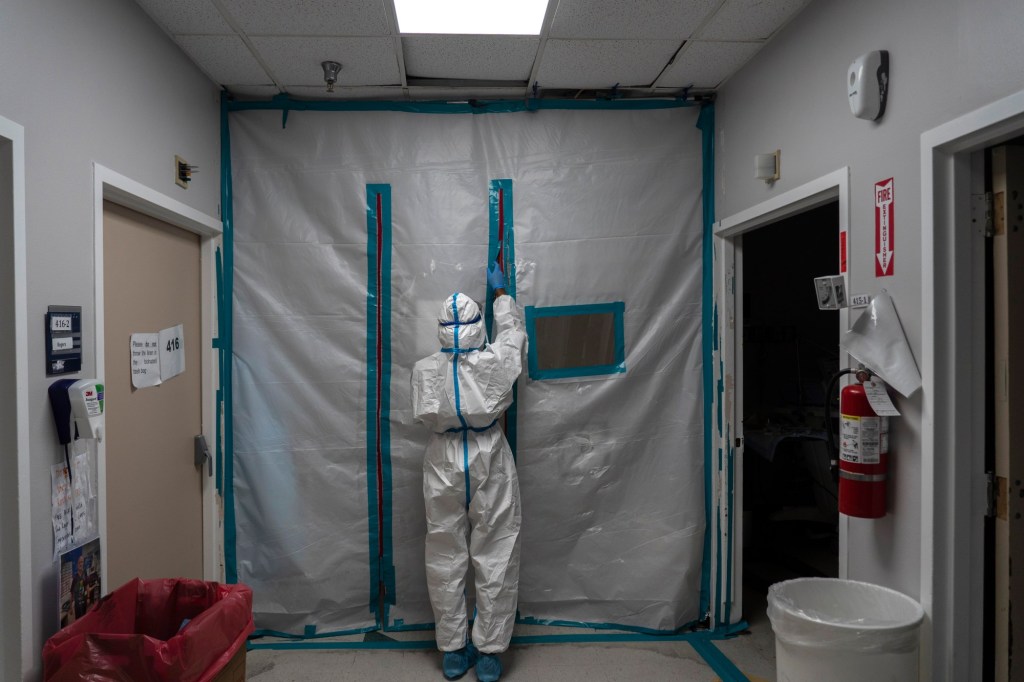Several months after President Joe Biden ended the national emergency for COVID-19, preliminary health data indicates the historic degree to which the pandemic increased death rates nationwide — not just because of the virus itself, but also through the pandemic’s reverberating effects on society.
Deaths from vehicle crashes, homicides, suicides and overdoses spiked in many states during the national health emergency that began in January 2020. Deaths of despair, which include people who died by suicide or from an accidental overdose, reached their highest numbers during the first year of the pandemic. And even as fewer cars were on the roads during shutdowns, vehicle fatalities jumped.
Yet after historic increases during the pandemic, deaths in most of the country are nearing a return to pre-pandemic levels, according to a Stateline analysis of preliminary federal statistics.
Still, in the first half of this year, the death count in some states and the District of Columbia was much higher than it was during the first half of 2019. The District’s death count was 35% higher than before the pandemic, and in six states the count was at least 15% higher: Arizona, Delaware, Nevada, Tennessee, Texas and Utah.
Nationally, death counts for the first six months of 2023 are about 7.7% higher than they were for the same period in 2019, before the pandemic, the analysis found. That’s just a bit above the 6.7% increase to be expected anyway; counts routinely inch up annually with the United States’ aging population.
Before the pandemic, the historical trend since 1900 was for the number of deaths to rise a little every year as the population got larger and older, and for age-adjusted death rates to go down and life expectancy to rise every year due to advances in health and medicine.
COVID-19 played havoc with that pattern, bringing historic spikes in both death counts and death rates. Between 2019 and 2020, the number of…
Read the full article here







